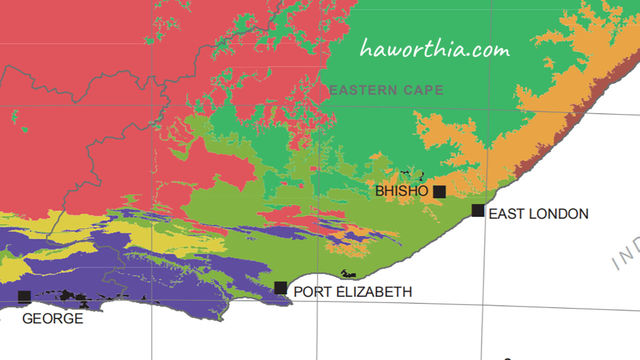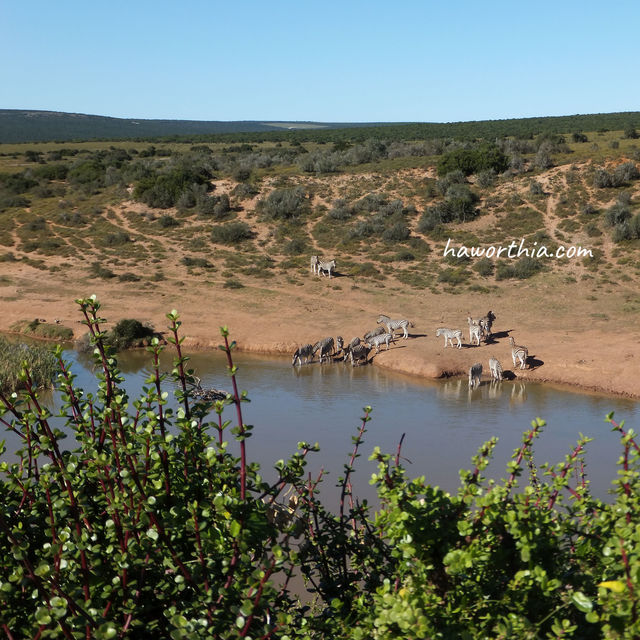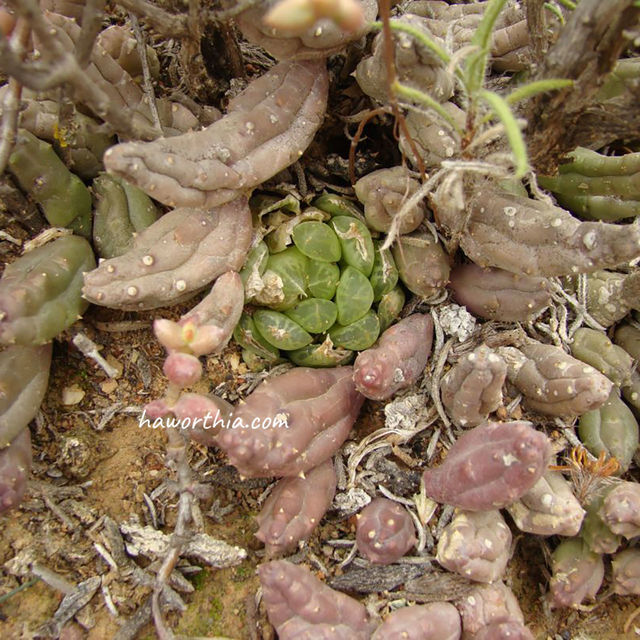Distribution in the Albany Thicket Biome
The vegetation of the Albany Thicket Biome is described in general as a dense, woody, semisucculent and thorny vegetation type of an average height of 2–3 m, relatively impenetrable in an unaltered condition.

The dominant geological feature in the region occupied by the Albany Thicket Biome is the east-west trending Cape Fold Belt. There is a wide range of growth forms and a high diversity of plant species, including leaf and stem succulents, deciduous and semideciduous woody shrubs and dwarf shrubs, geophytes, annuals, grasses, and a high diversity of plant species.

Rainfall can occur at any time of the year in Albany Thicket, which occurs in a climatic interface between an all-year rainfall zone in the west and a stronger summer-rainfall zone in the northeast.

